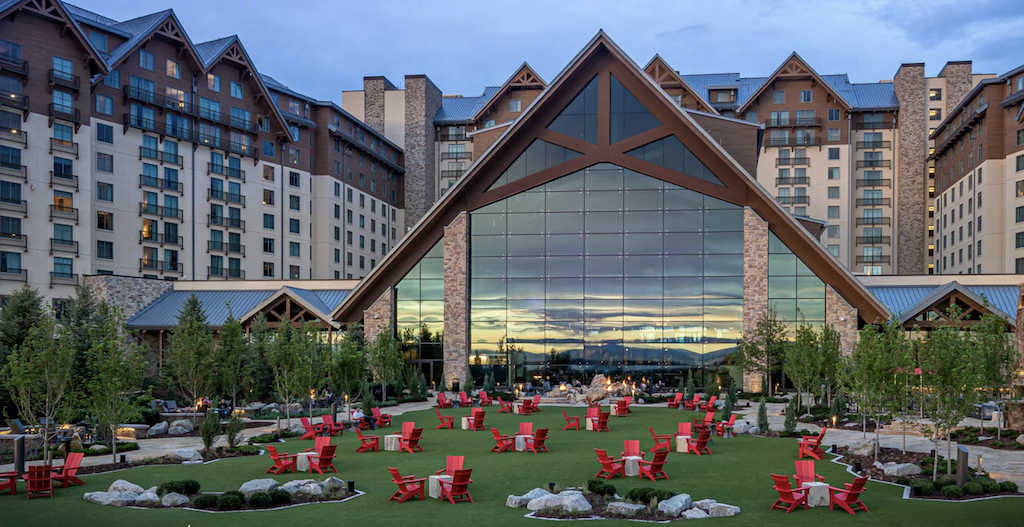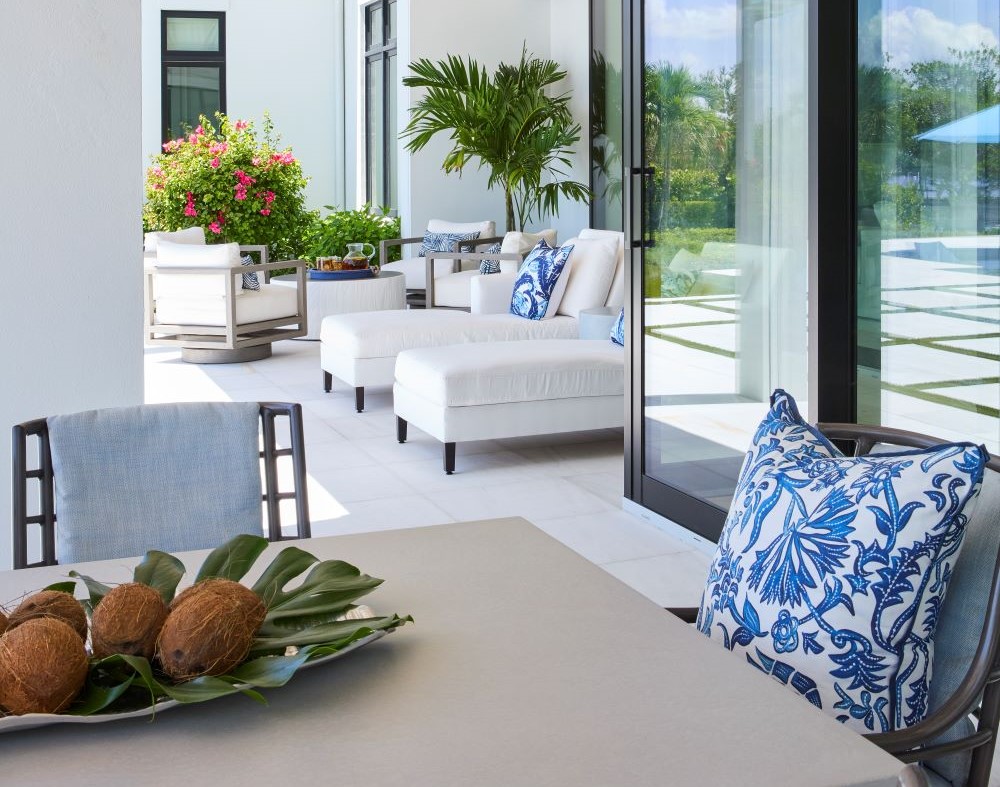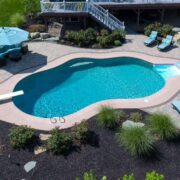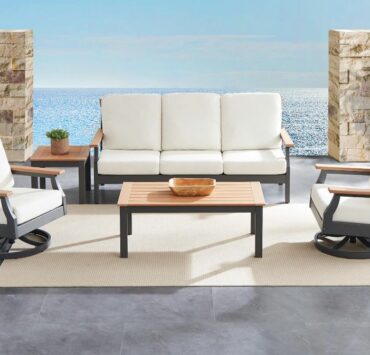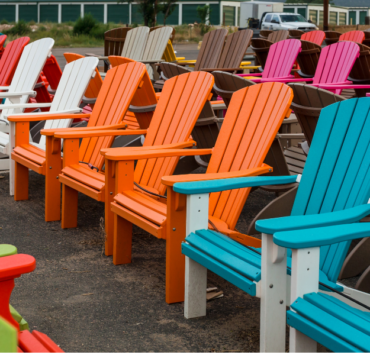Jackie Armour, owner of JMA Interior Design, wasted no time in including outdoor design in her offerings when she opened her doors more than 25 years ago.

That turned out to be a good business decision, given that she is located in Jupiter, Florida, which has a friendlier outdoor vibe year-round than, say, northern Wisconsin.
“We love working with nature and creating beautiful, functional outdoor areas,” says Armour. “It provides our clients with a relaxing additional space, as well as an additional dining area and it’s a great space for entertaining. Design trends favor integrating indoor and outdoor elements, such as large windows, sliding glass doors and outdoor kitchens. Interior designers are well-suited to manage these transitions and ensure consistency in style and functionality.”

She said her biggest challenge is balancing the built environment with the natural landscape.
“And then there is Florida’s tropical climate which can be brutal in the summer,” she says. “The heat, humidity and salty air require durable materials. We also prefer integrating the outdoor spaces with our indoors, so finding materials that are sustainable for both creates a challenge. Ensuring privacy and security in outdoor spaces can be challenging, especially in urban areas. Designers must incorporate features like fences, walls and strategic plantings to create a sense of seclusion and safety.”
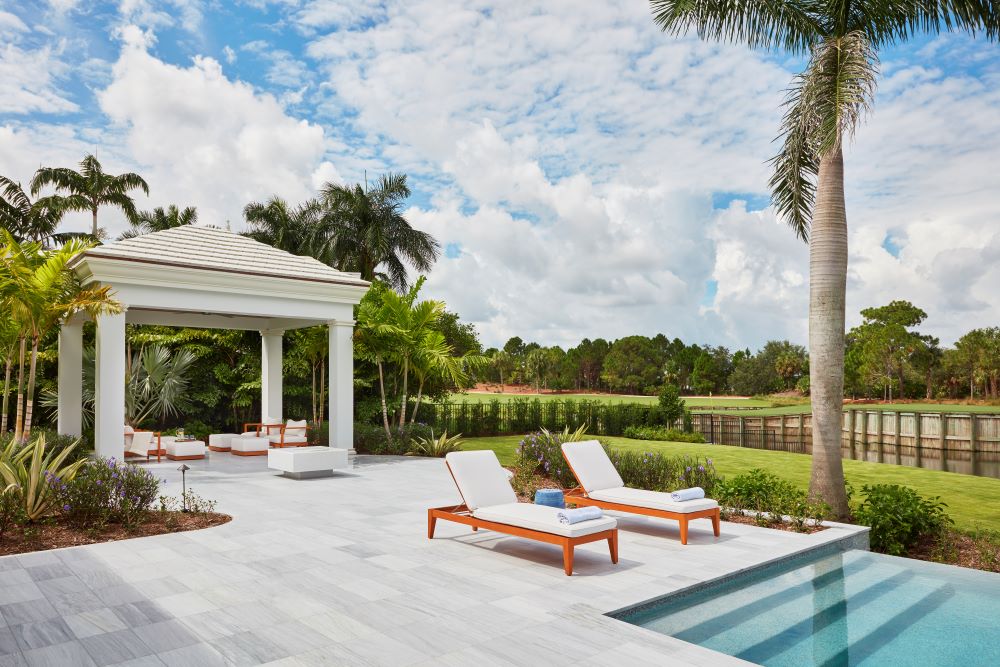
Armour says that where she is, she’s seeing an increasing number of interior designers taking on exterior design.
“It reflects the evolving needs and preferences of clients, as well as the growing importance of creating harmonious, integrated living environments,” she says. “Clients prefer cohesive indoor-outdoor living spaces. Many of our clients prioritize their outdoor spaces just as much as their indoor spaces, so our goal is to create a seamless transition between both areas.”
Armour says that the specific furnishings used in a design rely greatly on the relationship between designer and manufacturer.
“Designers prioritize manufacturers who can consistently deliver high-quality products that meet their exacting standards,” she says. “Effective and open communication is crucial. Designers value manufacturers who are responsive, understand their vision and are willing to collaborate closely throughout the production process. Timely delivery of products is essential to meet project deadlines. Reliability in meeting these deadlines helps build trust and a positive working relationship. Designers appreciate manufacturers who are flexible and can accommodate custom requests, unique specifications and adjustments throughout the project. While quality and reliability are paramount, designers also consider cost-effectiveness and the overall value provided by the manufacturer. “
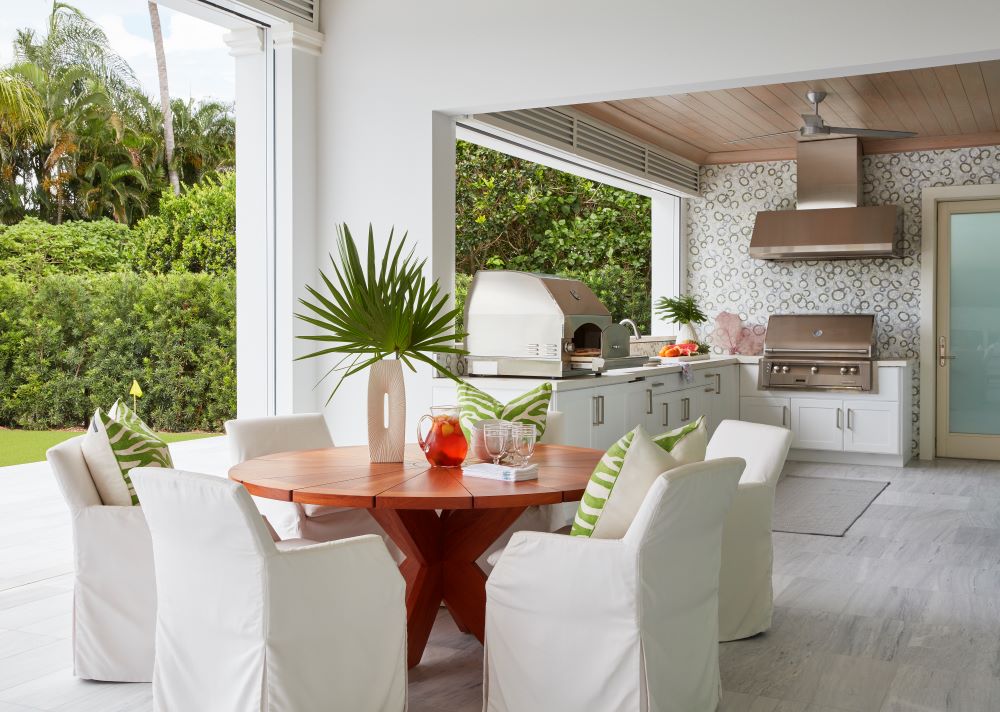
Manufacturers can help by providing durable and stylish products, says Armour.
“Increasingly, designers are concerned with sustainability and ethical manufacturing practices,” she says. “Manufacturers who demonstrate a commitment to environmental responsibility and ethical labor practices are preferred. And, of course, good after-sales support, including addressing any issues or defects promptly, is also a key factor for a designer.”
Armour says that manufacturers can do a better job of offering more customization options, as clients are increasingly interested in color; they can stay abreast of industry trends; and they can offer new materials and methods to increase their designs. They can also provide cost-effective solutions without compromising on quality.
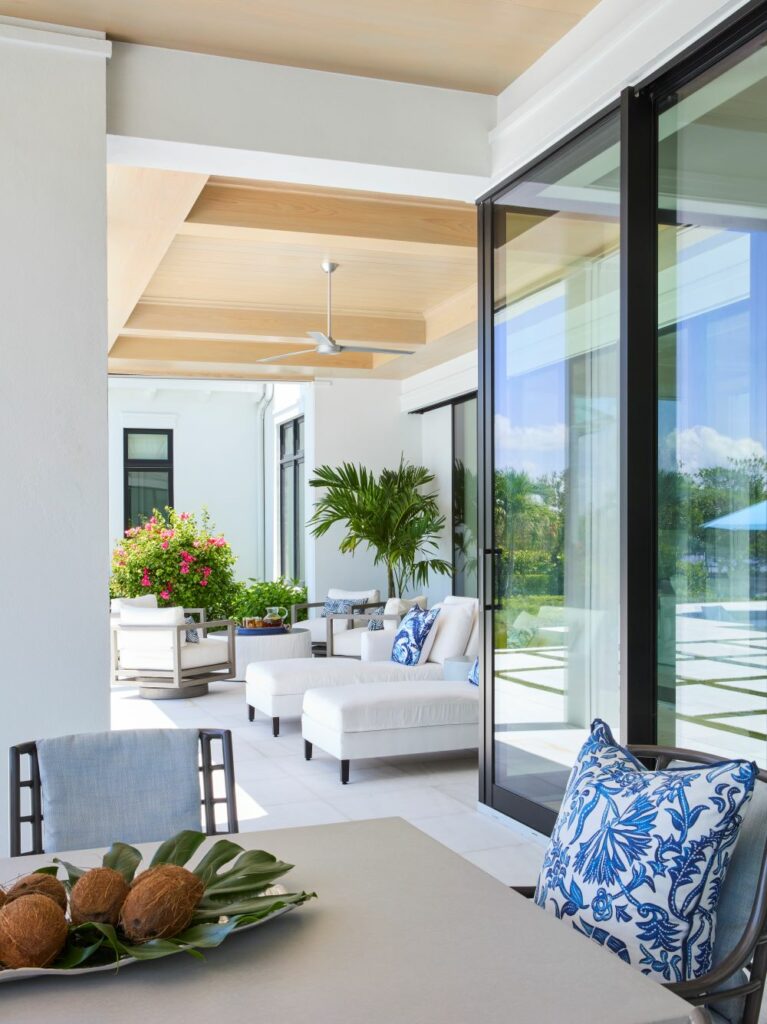
She also says that the best way for designers to find out what’s out there is to be proactive
“Attend trade shows, take courses, search social media, read industry publications and speak with your product reps,” Armour says. “Enroll in online courses and certification programs that cover outdoor product design, material science and related topics. Join professional associations and organizations related to outdoor design and architecture. Participate in related events.”
Any advice for indoor designers who are interested in learning more about exterior design?
“Try to start with small projects and do research and due diligence,” she says. “Learn about outdoor materials and pay attention to the weather conditions in the region in which you are designing this outdoor space. And of course, use trustworthy manufacturers.”



